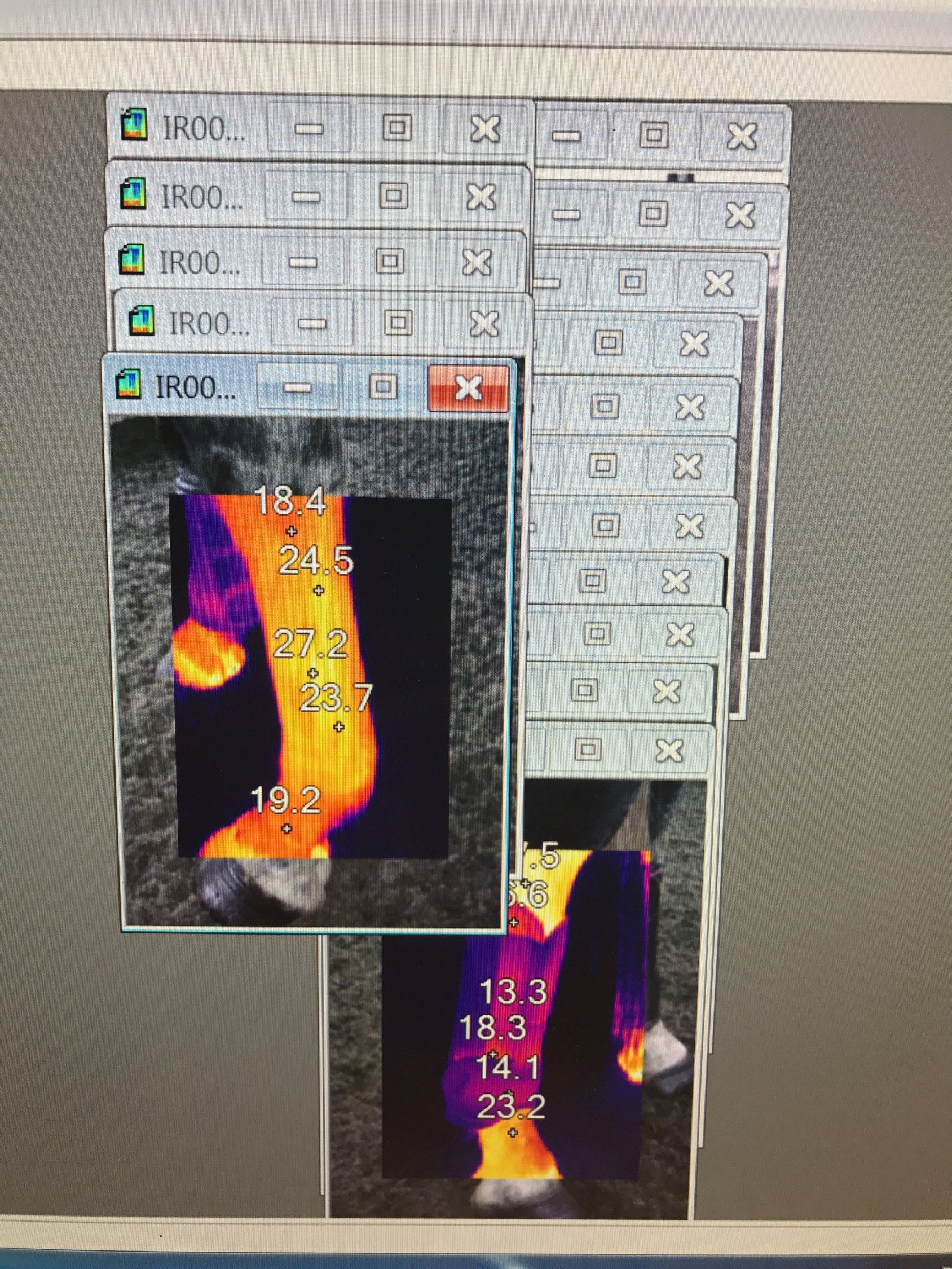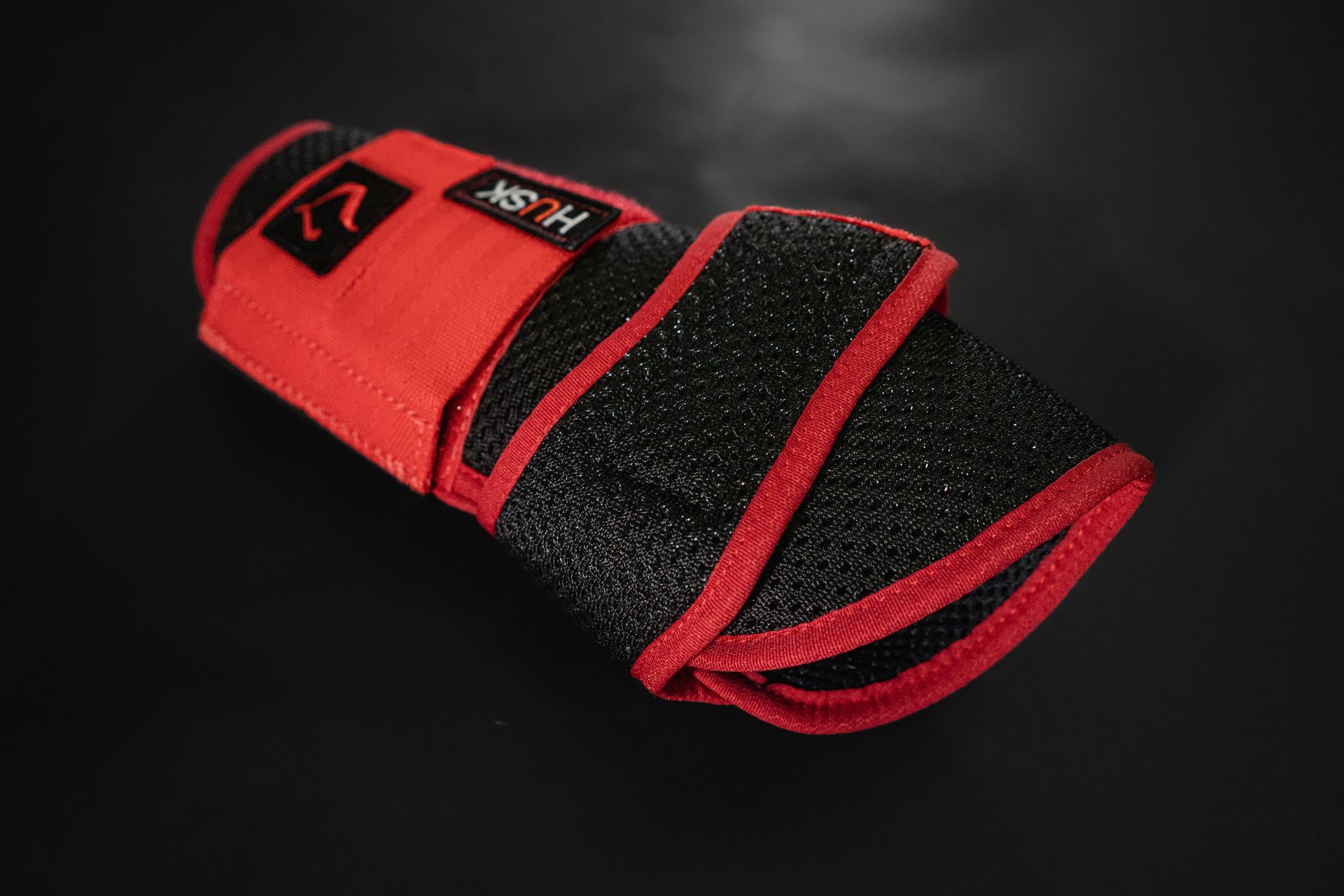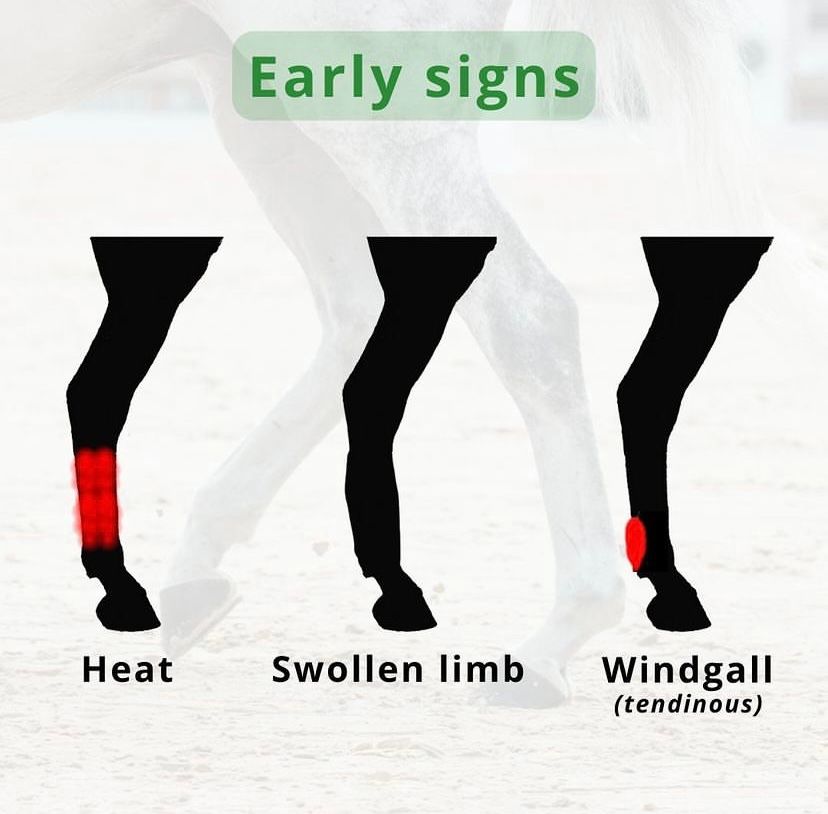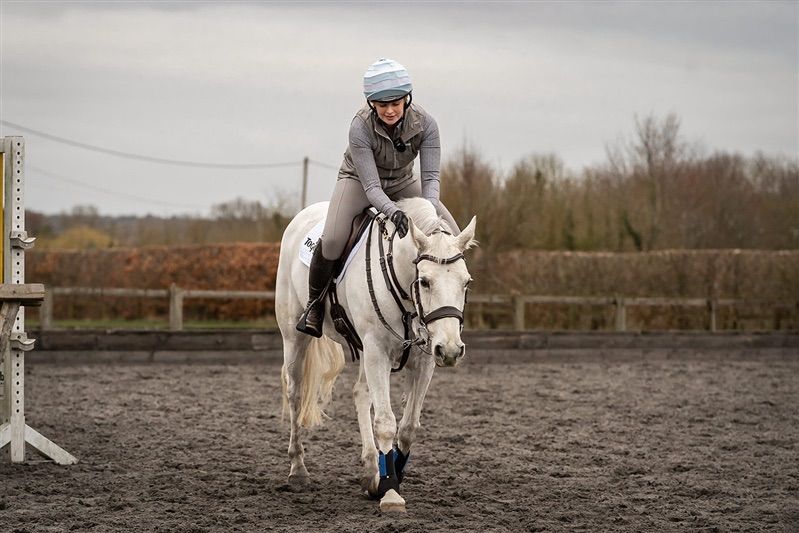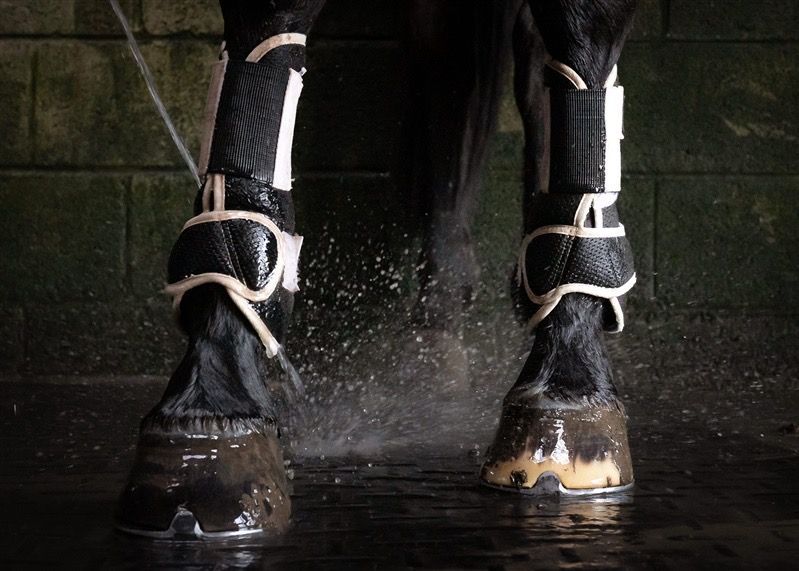BEST Breathable Horse Boot Test with HUSK
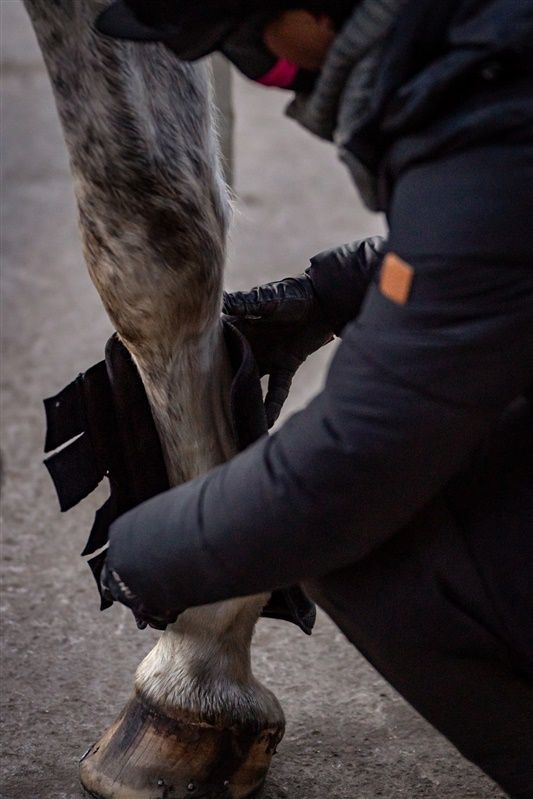
SHARE POST
Thermal Imaging Test Results for HUSK an Independent Review by E.T.S Electrical
- What did we want to do?
To test the temperature of peripheral lower leg of horse using HUSK boots after 10min exercise and 30min stabling. To also review the porosity of HUSK boots. All tests were taken using a thermal imaging camera. We wanted to see whether HUSK were the BEST Breathable Horse Boots!
- How did we do it?
- Peripheral skin temperatures and images were taken of the horse’s leg at intervals using a thermal imaging camera.
- Thermal images were also taken at these points in time.
- The horse was walked briskly on the road for 10min to warm the legs up.
- Temperatures and images were taken before exercise with and without HUSK boots, directly after exercise, and 30min post exercise with and without HUSK boots.
- Emissivity of thermal imaging camera was set at 0.95 to ensure accurate readings.
- Temperatures were taken more than once at a given time point to ensure consistency and no skews in data.
- Did the results show that HUSK were the BEST breathable horse boots?
Ambient air temperature was recorded at a consistent 8 degrees centigrade.
- Temperature reading with NO leg protection was between an average of 12.6 and 13.1 degrees centigrade.
- HUSK Breathable Horse Boot temperature taken directly after and readings ranged between an average of 9.3 and 10.6 degrees centigrade before exercise.
Discussion:
It is clear that the HUSK boots have no marked effect on rise in temperature.
In fact one might argue that the temperature dropped somewhat after applying boots and exercise.
Could this be attributed to Katie Baxter 2013 assumption that it is air accessing the skin that cools peripheral temperatures down, which in turn helps to regulate core temperatures?
The fact that the temperature was still sustained for a minute after removal of HUSK boot, before rising again possibly supports this assumption.
Thermal images show the colour of the leg in the background of the boot. This demonstrates the porosity of the boot, which suggests good access to air flow from the outer environment, and the possibility of hot air escape from the internal environment of the boot.
An interesting point to note was that when the HUSK boot was removed after exercise, the average temperature was 8.7 degrees centigrade before rising, the thermal image shows cooler colours on the leg at that point before warming up. This further supports the possibility that airflow around the leg supported by the HUSK boot assists in keeping the peripheral leg temperature cooler for that moment.
To note also that Goodship 1994 proved that core leg temperatures can be up to 11 degrees centigrade higher than peripheral temperatures!
Are HUSK Boots the BEST Breathable Horse Boots?:
The HUSK boot shows here that it at least does not contribute to any over heating of the leg in this instance, suggesting that it may even support the cooling of it due to giving leg access to airflow, as if there were no boots on the leg at all. The HUSK boot shows good porosity, again supporting the notion of giving the leg access to its natural environment to remain at natural temperatures during exercise, and not to insulate the leg.
TO BUY HUSK BREATHABLE HORSE BOOTS TODAY CLICK ON THE LINK
The post Thermal Imaging Test Results for HUSK an Independent Review by E.T.S Electrical appeared first on TheHUSK.
MORE POSTS

